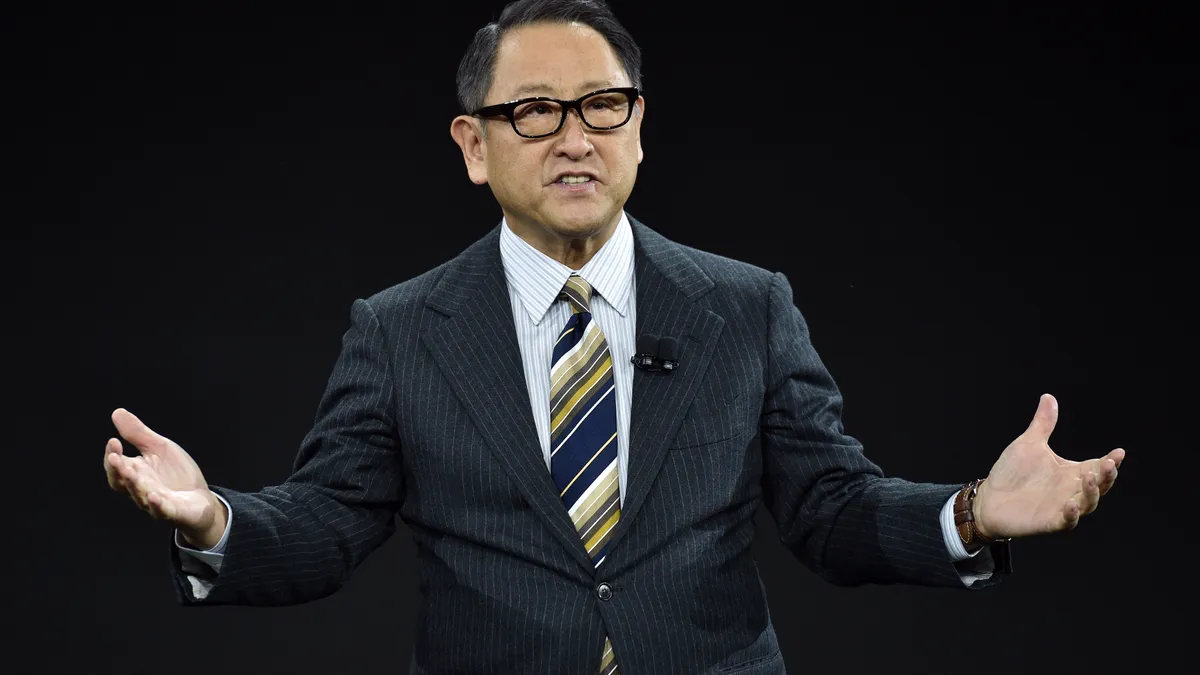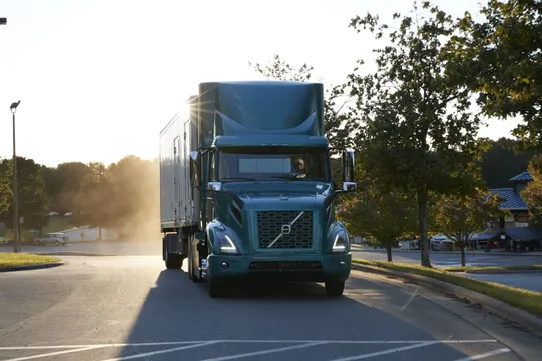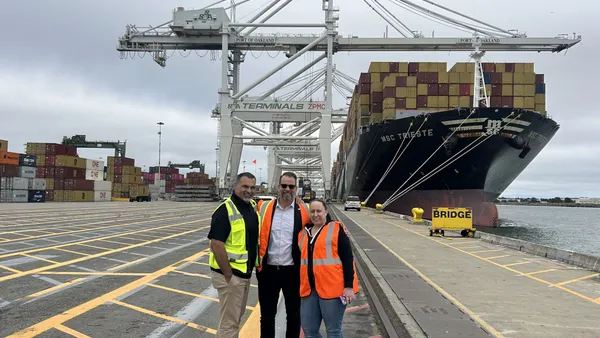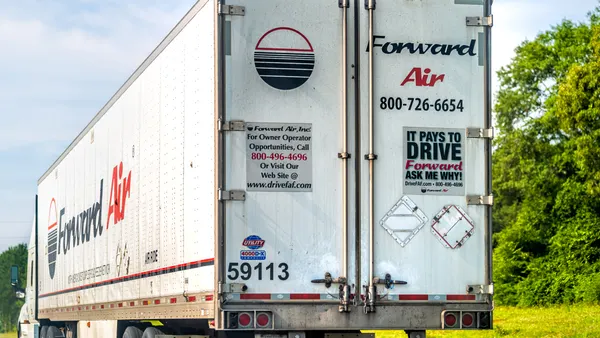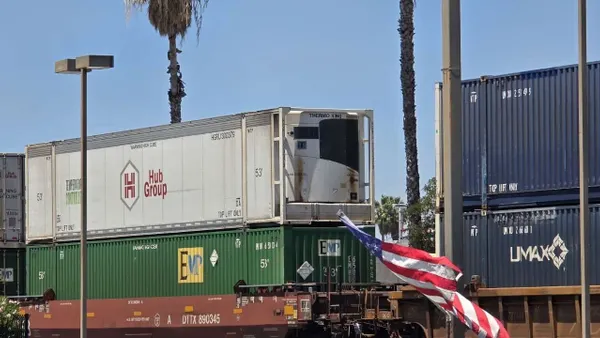Lanny Fleming began his career with Roadway Express in 1977. He was with American Freightways and FedEx Freight for 20 years, and UPS Freight for six.
Toyota Motor Co. President Akio Toyoda’s recent comments, questioning whether the U.S. has the manufacturing capacity and infrastructure to support an EV-only environment, caught my attention.
They got me thinking about LTL rating methods and the industry’s push toward a density-based rating system. Currently, the massive National Motor Freight Classification guide is the standard for setting these ratings. You cannot produce a rate without it. It is the source for determining specific commodity characteristics to set LTL pricing.
The NMFC, a product of the National Motor Freight Transportation Association, has been around for decades. Opponents of the guide say its classification system is as bad for determining ratings as engine exhaust is for the environment. But it’s not yet clear that all in the industry are ready for the system to be overhauled.
The current process needs an overhaul
In my decades spent in the LTL environment, I listened to numerous indictments of the guide’s classification system. The most common complaints were they either were too vague or too cumbersome.
My insight into the business suggests the NMFTA listened to industry feedback as the group routinely expanded definitions of some commodities while also getting more specific and restrictive with others to reflect the evolving nature of manufactured products. For example, when plastics began replacing metals in manufactured goods, density of the items changed, resulting in lighter products, but those plastic-heavy products continuing to be rated as dense commodities. This meant the class which the rates were determined for these items did not reflect the true characteristics of those goods. The result was a non-compensatory rate being charged by the carrier.
Innovations in manufacturing continues to develop lighter, stronger, and more lasting products of all types in all commodity classes. But this means maintaining a rating basis determined by characteristics, becomes a daunting, if not impossible, task.
Communicating the frequent rating changes to shippers, receivers, 3PLs, brokers and carriers presents numerous challenges but is crucial for the industry overall to succeed. The confusing nature of evolving rules has some in the industry pushing for an end to freight classification and instead opting for density-based pricing.
The principle sounds simple. Assess the factors most influential in affecting cost, then determine a price that offsets the cost with a little margin left over as profit for the carrier. Of course, everything looks good on paper, but considering the complexity, a simple task becomes very complex.
Supporters of density-based pricing seek a system used by international shippers. While it makes sense from my perspective, it leads me to wonder whether the marketplace is ready for this transition, which I don’t believe it is.
Effective change requires collaboration
A few years ago, a major home improvement retailer decided to flex its industry muscle by banning wooden pallets in favor of slip sheets. Similarly to density-based rating, it made perfect sense on several levels. However, the LTL carriers and shippers were not ready for this transition. But the retailer pressed on, heavily investing in a process change destined for failure.
Making a change of this scale is impossible unless the industry is prepared to execute the transition. Capability, resources, flexibility, and scale will determine how quickly and to what extent any innovation can be adopted.
Actively promoting change is different than forcing it. Springing something new into an LTL industry unprepared and under-resourced invites conflict and confusion much greater than what is experienced with the present system.
Carriers and private industry as well as shippers should continue developing technologies to support a more efficient rating system, utilizing density-based pricing where feasible. But it also must accommodate the less sophisticated shipper by maintaining the current NMFC rating process until the industry is prepared for widespread adoption.


